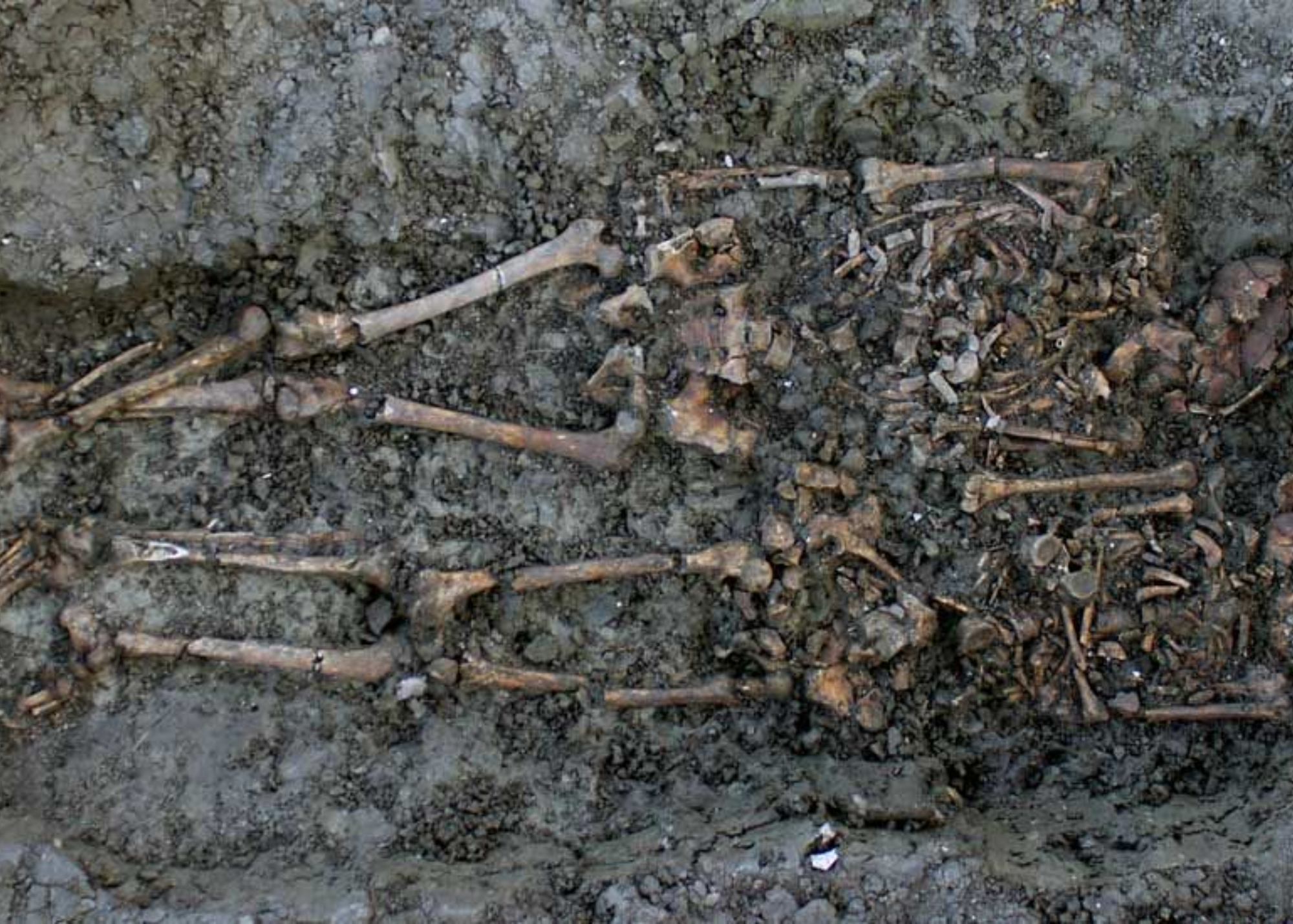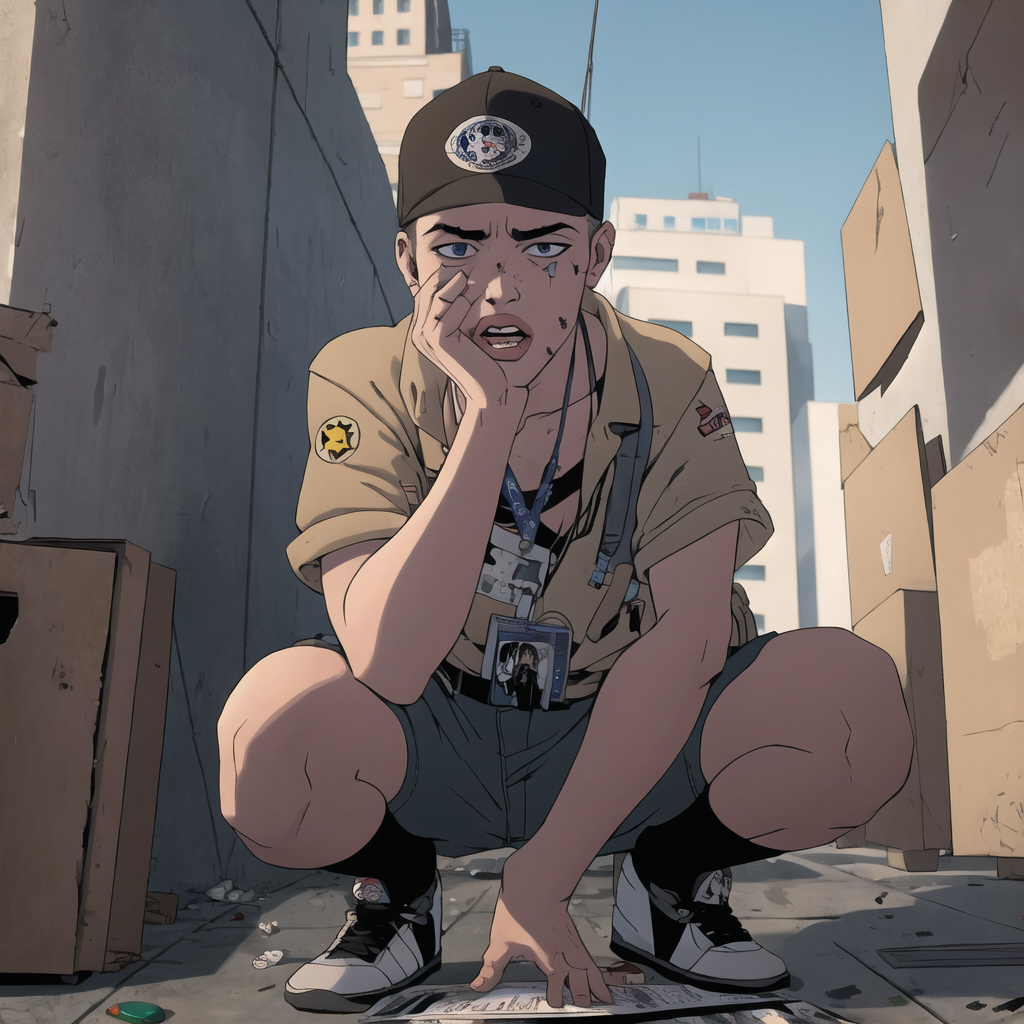Analysis Of Roman DNA In Human Bones Uncovers A 'Family Tragedy'
Recently, the analysis of Roman DNA in human bones uncovered a "family tragedy." During the course of an ancient genome project, DNA was sequenced from the remains discovered in a grave in Cheddington, Buckinghamshire. According to experts, a mother, her unborn child, and her mother-in-law all fell ill and passed away at the same time.
Author:Morgan MaverickReviewer:Raven NoirOct 11, 20221 Shares239 Views

Recently, the analysis of RomanDNA in human bones uncovered a "family tragedy." During the course of an ancient genome project, DNA was sequenced from the remains discovered in a grave in Cheddington, Buckinghamshire. According to experts, a mother, her unborn child, and her mother-in-law all fell ill and passed away at the same time.
Sharon Clough is an expert on human bones, and she is one of the researchers and experts who helped with the excavation. She said
“„Obviously a tragedy had happened to that family and that community - and the community wanted to continue the relationship the women had in life in death.- Sharon Clough, Human Bone Expert from Cotswold Archaeology.
She described the family relationship from the bones as a "an entirely unexpected discovery." In 2018, archaeologists discovered a "unusual" grave because most graves from the late Roman and early Saxon periods only hold one body. The graves were buried between the years AD255 and AD433, as proven by radiocarbon dating.
Cotswold Archaeology personnel Ms. Clough said bone analysis showed the skeletons' ages at death ranged from about 25 to 45 years. The baby was born between 32 and 36 weeks early, but it wasn't clear if he was still in the womb when he was buried or if he had already been born and died.
Even though she thought that the two women were related, she didn't know for sure until the bones were sent away to be looked at. Ms. Clough said:
"The Francis Crick Institute's Thousand Ancient Genomes of Great Britain research project has been a game-changer in recent years, answering questions that archaeologists have asked in the past, but not been able to answer."
The Francis Crick Institute's Thousand Ancient Genomes of Great Britain uses the most up-to-date ways to sequence and study DNA from old samples. Most of this work will be done in a special building at the Crick for studying ancient DNA. In fact, this agency is working with experts in many different fields, such as archaeology, history, and epidemiology.
Final Thoughts
DNA analysis of mitochondrial material proved beyond a reasonable doubt that the younger woman and the baby were indeed mother and child, while the older woman was "remarkably" discovered to be related to the baby but not the mother. Even though bone analysis can't determine sex, this project informed her that her unborn child was a boy. The bones will be preserved at the Buckinghamshire County Museum in Aylesbury for future research as techniques advance.
Jump to

Morgan Maverick
Author
Morgan Maverick is an unorthodox news reporter driven by an insatiable hunger for the truth. Fearless and unconventional, he uncovers hidden narratives that lie beneath the surface, transforming each news piece into a masterpiece of gritty authenticity. With a dedication that goes beyond the boundaries of conventional journalism, Morgan fearlessly explores the fringes of society, giving voice to the marginalized and shedding light on the darkest corners.
His raw and unfiltered reporting style challenges established norms, capturing the essence of humanity in its rawest form. Morgan Maverick stands as a beacon of truth, fearlessly pushing boundaries and inspiring others to question, dig deeper, and recognize the transformative power of journalism.

Raven Noir
Reviewer
Raven Noir is a captivating and enigmatic news reporter who unravels mysteries with a relentless pursuit of truth. Possessing an insatiable curiosity and an astute mind, Raven delves into the depths of complex stories, unearthing secrets that lie beneath the surface. With a masterful grasp of deduction and observation, Raven stands as a beacon of fearless investigation.
In the realm of journalism, Raven is known for his enigmatic presence, drawing people in with an aura of intrigue. Driven by an unwavering passion for unveiling the truth, Raven Noir continues to shed light on the darkest corners of society. Through captivating storytelling and unwavering determination, he challenges conventions and uncovers enigmatic secrets that lie just beyond the surface.
Latest Articles
Popular Articles